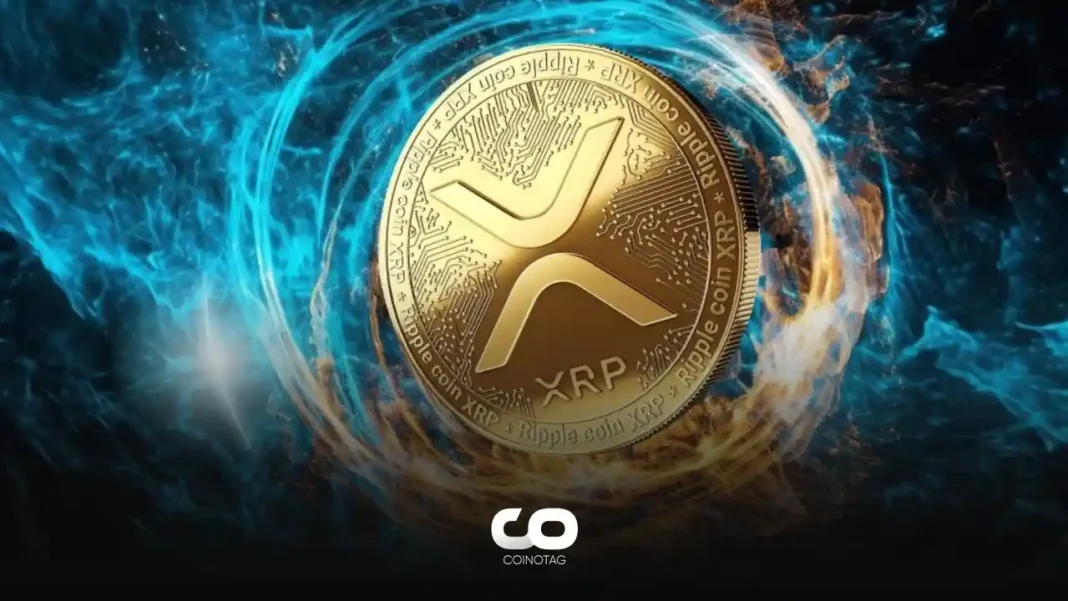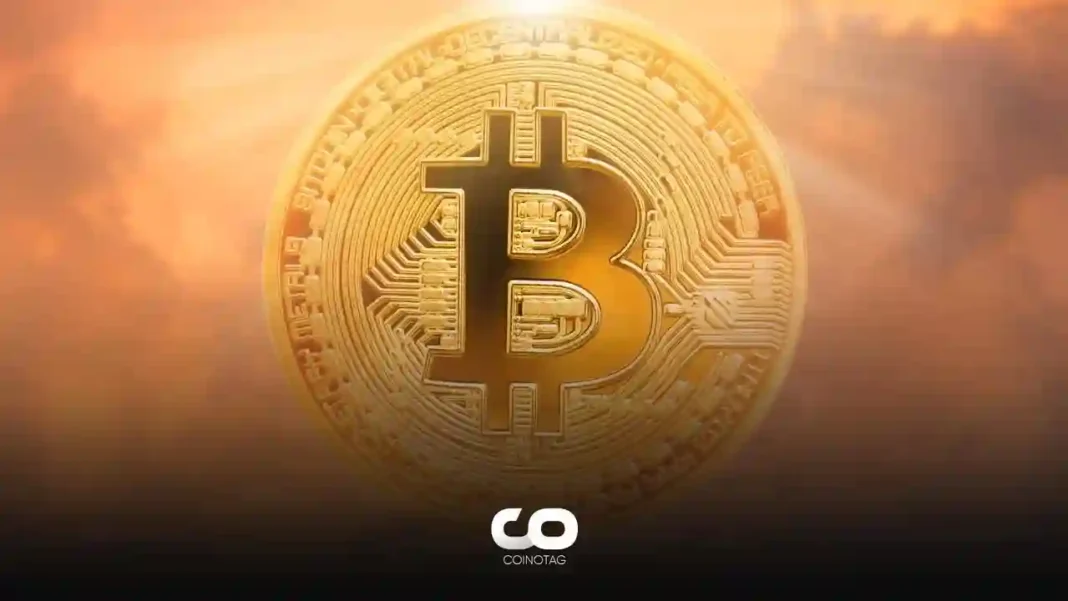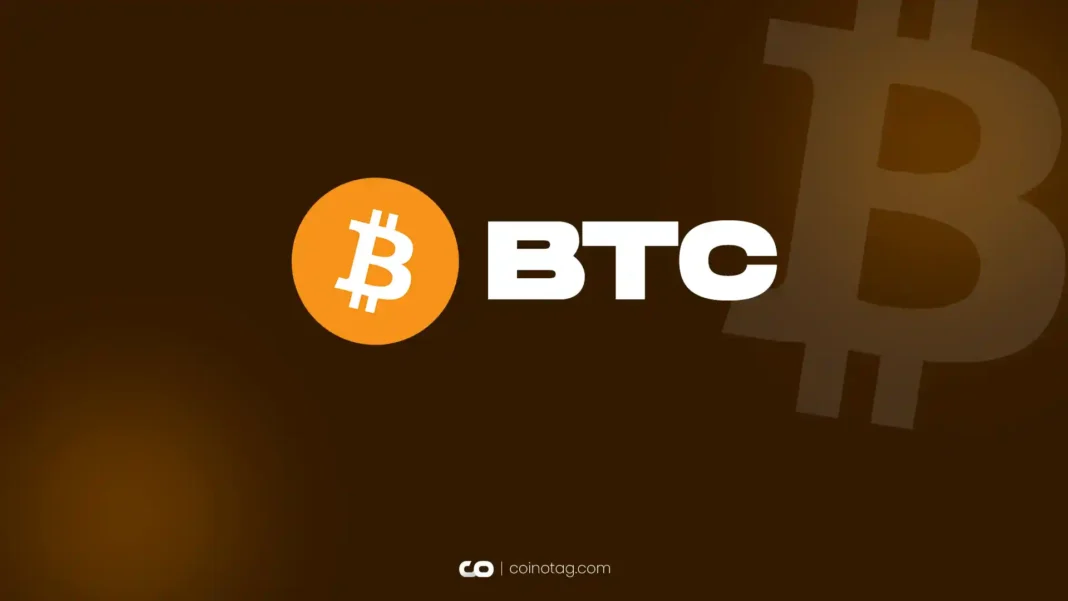| COINOTAG recommends • Exchange signup |
| 💹 Trade with pro tools |
| Fast execution, robust charts, clean risk controls. |
| 👉 Open account → |
| COINOTAG recommends • Exchange signup |
| 🚀 Smooth orders, clear control |
| Advanced order types and market depth in one view. |
| 👉 Create account → |
| COINOTAG recommends • Exchange signup |
| 📈 Clarity in volatile markets |
| Plan entries & exits, manage positions with discipline. |
| 👉 Sign up → |
| COINOTAG recommends • Exchange signup |
| ⚡ Speed, depth, reliability |
| Execute confidently when timing matters. |
| 👉 Open account → |
| COINOTAG recommends • Exchange signup |
| 🧭 A focused workflow for traders |
| Alerts, watchlists, and a repeatable process. |
| 👉 Get started → |
| COINOTAG recommends • Exchange signup |
| ✅ Data‑driven decisions |
| Focus on process—not noise. |
| 👉 Sign up → |
- Major global banks are increasingly incorporating XRP into their operations, indicating a growing acceptance of crypto assets.
- BCBS report reveals XRP as a preferred choice for cross-border transactions among world banks.
- “The rising interest in XRP signifies a major shift in the financial sector’s approach to cryptocurrencies,” notes the Basel Committee on Bank Supervision.
This article examines the emerging trend of global banks integrating XRP into their financial systems, as highlighted in a recent report by the Basel Committee on Bank Supervision.
BCBS Report Unveils XRP’s Prominence in Banking Sector
The Basel Committee on Bank Supervision (BCBS) has released its inaugural data collection template report, offering a deep dive into the cryptocurrency engagements of global banks. This report, part of the Basel III monitoring exercise, provides an unprecedented look into the crypto exposure of major banks worldwide. Out of 182 banks, 19 have reported their crypto asset holdings to the BCBS, with a notable emphasis on XRP, BTC, and ETH.
Global Banks’ Crypto Asset Exposure with a Focus on XRP
Among the crypto assets reported, XRP stands out as the third-largest altcoin used by these banks, constituting 2% (approximately €188 million) of their total crypto asset exposures. In comparison, Bitcoin and Ether accounted for 31% and 22%, respectively. This indicates a significant interest in XRP, especially for its utility in cross-border payments and settlements.
Insights from the BCBS Crypto Asset Reports
The BCBS report shows that the total crypto asset exposures of these 19 banks amount to about €9.4 billion, representing a modest yet noteworthy fraction of the total financial commitments of the 182 banks under the Basel III monitoring framework. Interestingly, these crypto exposures account for only 0.05% of the total exposures, underscoring the nascent but growing integration of cryptocurrencies in mainstream banking.
| COINOTAG recommends • Professional traders group |
| 💎 Join a professional trading community |
| Work with senior traders, research‑backed setups, and risk‑first frameworks. |
| 👉 Join the group → |
| COINOTAG recommends • Professional traders group |
| 📊 Transparent performance, real process |
| Spot strategies with documented months of triple‑digit runs during strong trends; futures plans use defined R:R and sizing. |
| 👉 Get access → |
| COINOTAG recommends • Professional traders group |
| 🧭 Research → Plan → Execute |
| Daily levels, watchlists, and post‑trade reviews to build consistency. |
| 👉 Join now → |
| COINOTAG recommends • Professional traders group |
| 🛡️ Risk comes first |
| Sizing methods, invalidation rules, and R‑multiples baked into every plan. |
| 👉 Start today → |
| COINOTAG recommends • Professional traders group |
| 🧠 Learn the “why” behind each trade |
| Live breakdowns, playbooks, and framework‑first education. |
| 👉 Join the group → |
| COINOTAG recommends • Professional traders group |
| 🚀 Insider • APEX • INNER CIRCLE |
| Choose the depth you need—tools, coaching, and member rooms. |
| 👉 Explore tiers → |
The Broader Spectrum of Crypto Asset Adoption by Banks
Beyond XRP, the report also sheds light on other cryptocurrencies being utilized by these global banks, including Cardano (1%), Solana (1%), Litecoin (0.4%), and Stellar (0.4%). This diverse portfolio reflects a broader acknowledgment and adoption of various crypto assets within the banking sector, marking a significant shift from the traditional skepticism surrounding digital currencies.
Conclusion
The increasing integration of XRP and other cryptocurrencies by global banks, as detailed in the BCBS report, is a clear indicator of the evolving landscape of financial transactions and banking operations. This trend not only highlights the growing acceptance of digital assets but also points to a future where cryptocurrencies play a more central role in the global financial ecosystem.
| COINOTAG recommends • Exchange signup |
| 📈 Clear interface, precise orders |
| Sharp entries & exits with actionable alerts. |
| 👉 Create free account → |
| COINOTAG recommends • Exchange signup |
| 🧠 Smarter tools. Better decisions. |
| Depth analytics and risk features in one view. |
| 👉 Sign up → |
| COINOTAG recommends • Exchange signup |
| 🎯 Take control of entries & exits |
| Set alerts, define stops, execute consistently. |
| 👉 Open account → |
| COINOTAG recommends • Exchange signup |
| 🛠️ From idea to execution |
| Turn setups into plans with practical order types. |
| 👉 Join now → |
| COINOTAG recommends • Exchange signup |
| 📋 Trade your plan |
| Watchlists and routing that support focus. |
| 👉 Get started → |
| COINOTAG recommends • Exchange signup |
| 📊 Precision without the noise |
| Data‑first workflows for active traders. |
| 👉 Sign up → |
| COINOTAG recommends • Members‑only research |
| 📌 Curated setups, clearly explained |
| Entry, invalidation, targets, and R:R defined before execution. |
| 👉 Get access → |
| COINOTAG recommends • Members‑only research |
| 🧠 Data‑led decision making |
| Technical + flow + context synthesized into actionable plans. |
| 👉 Join now → |
| COINOTAG recommends • Members‑only research |
| 🧱 Consistency over hype |
| Repeatable rules, realistic expectations, and a calmer mindset. |
| 👉 Get access → |
| COINOTAG recommends • Members‑only research |
| 🕒 Patience is an edge |
| Wait for confirmation and manage risk with checklists. |
| 👉 Join now → |
| COINOTAG recommends • Members‑only research |
| 💼 Professional mentorship |
| Guidance from seasoned traders and structured feedback loops. |
| 👉 Get access → |
| COINOTAG recommends • Members‑only research |
| 🧮 Track • Review • Improve |
| Documented PnL tracking and post‑mortems to accelerate learning. |
| 👉 Join now → |







